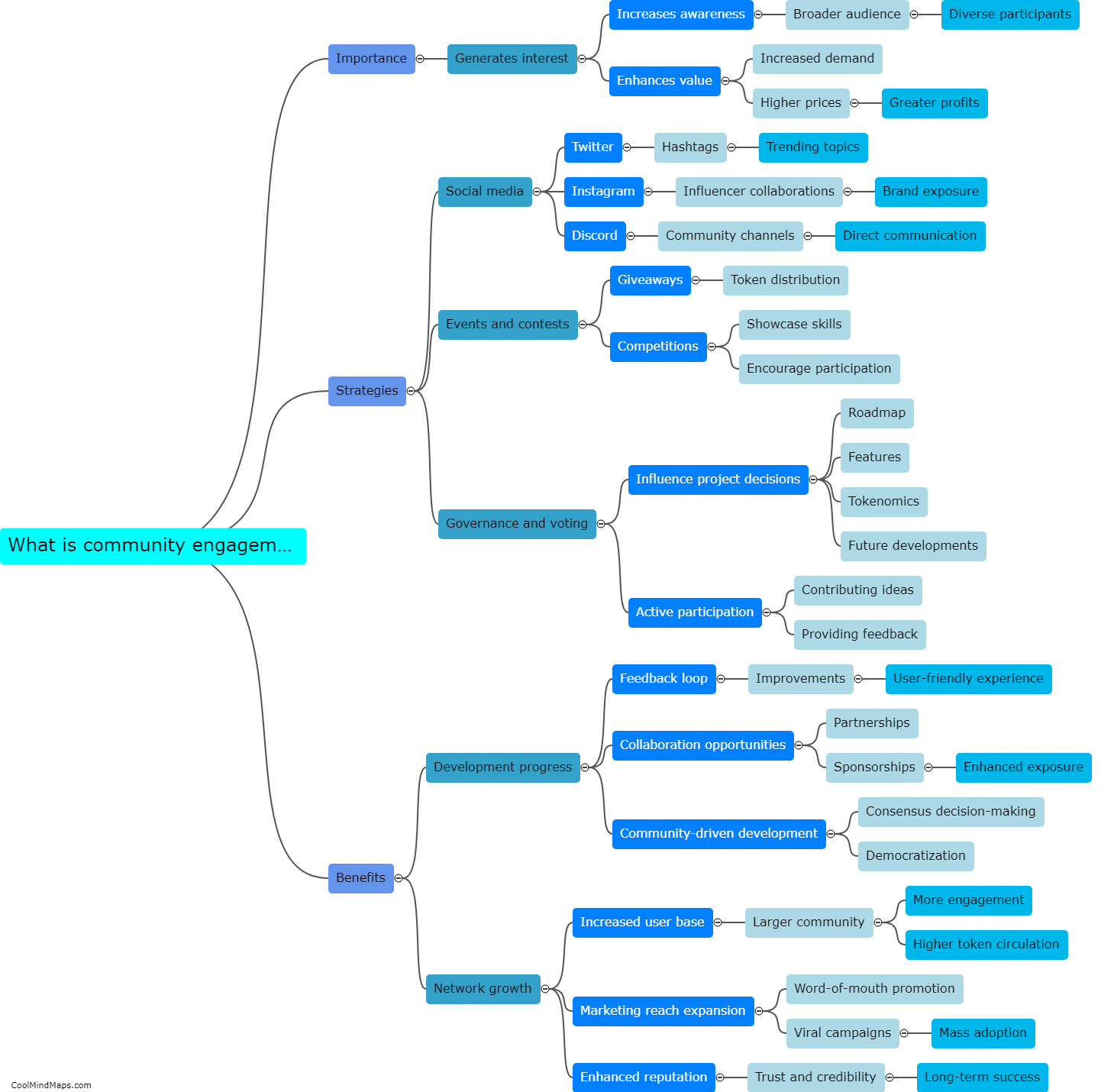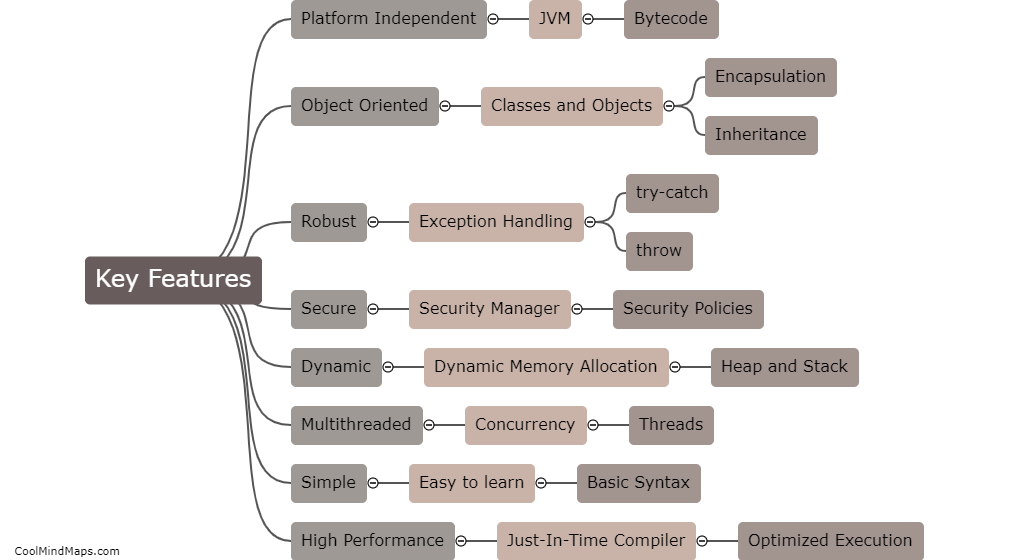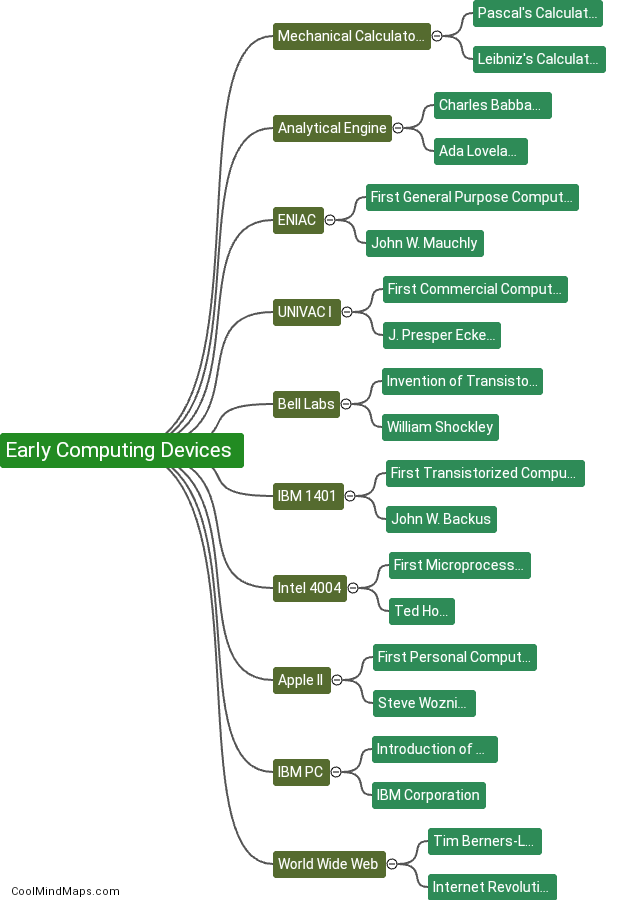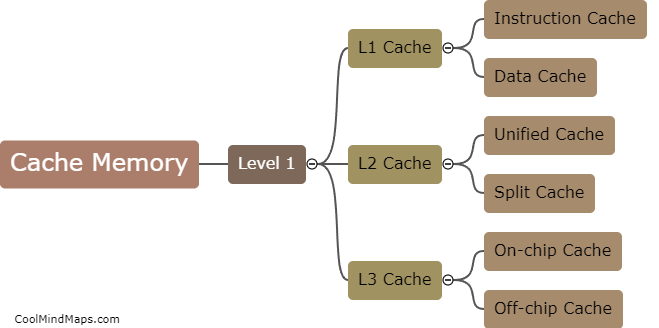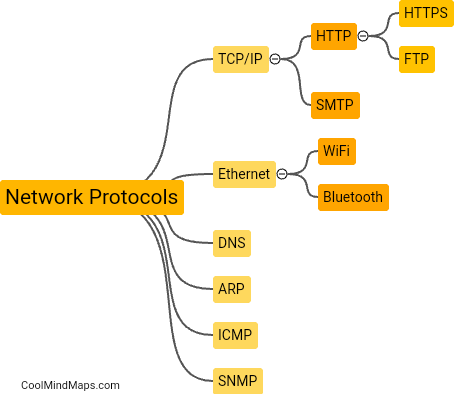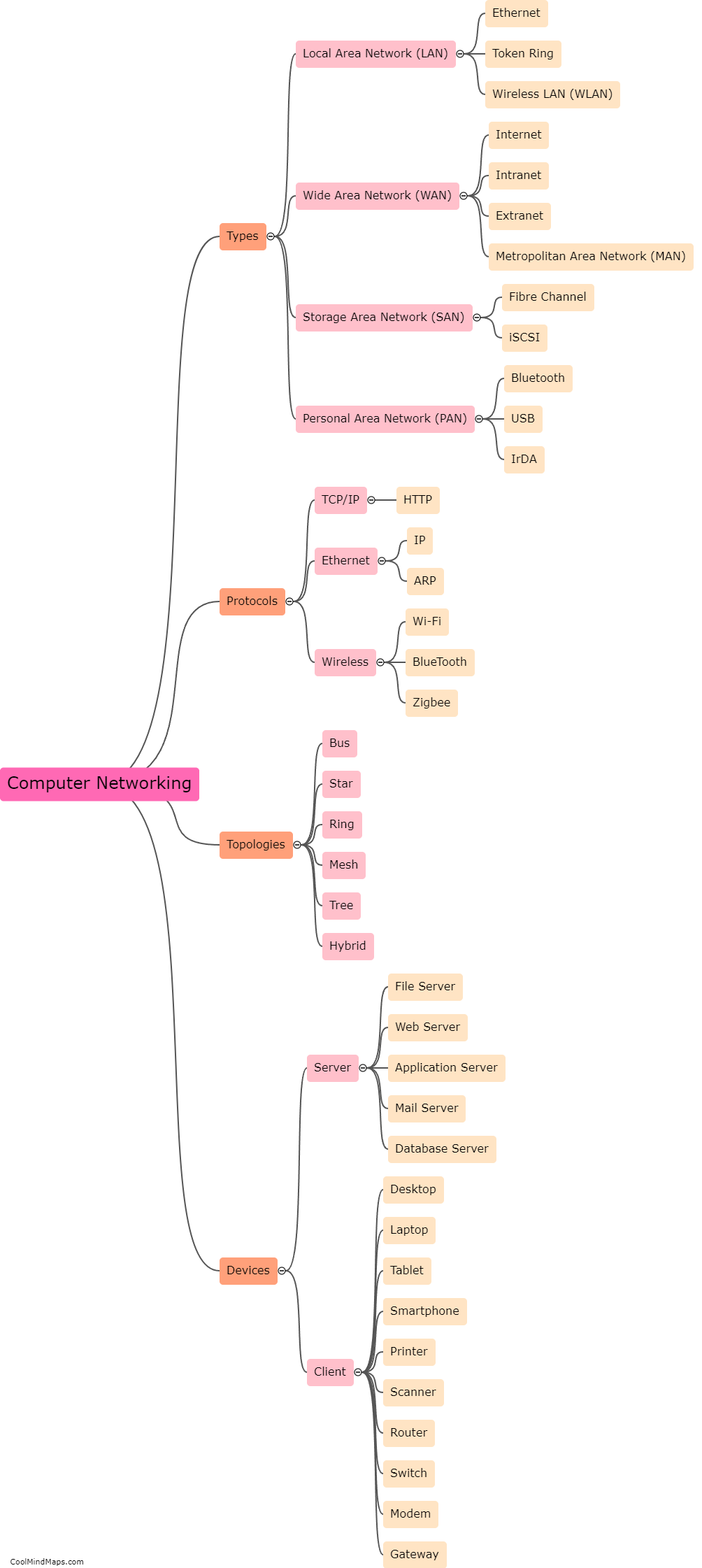How does the bios work?
The BIOS, or Basic Input/Output System, is a firmware program embedded in a computer's motherboard that initializes the hardware and software components during startup. When a computer is powered on, the BIOS runs a Power-On Self-Test (POST) to check the hardware's functionality and ensure everything is in working order. It then searches for a bootable device, such as a hard drive or a USB thumb drive, to load the operating system. The BIOS also contains various settings that can be accessed and modified by the user to configure the computer's hardware and software preferences. Overall, the BIOS acts as a mediator between the computer's hardware and software, facilitating their communication and allowing the computer to function properly.

This mind map was published on 16 November 2023 and has been viewed 119 times.

